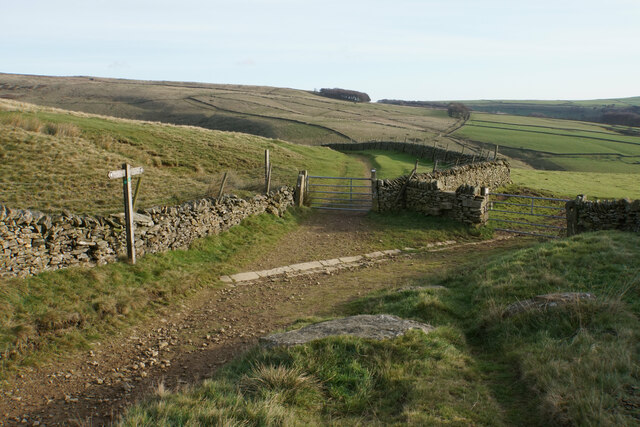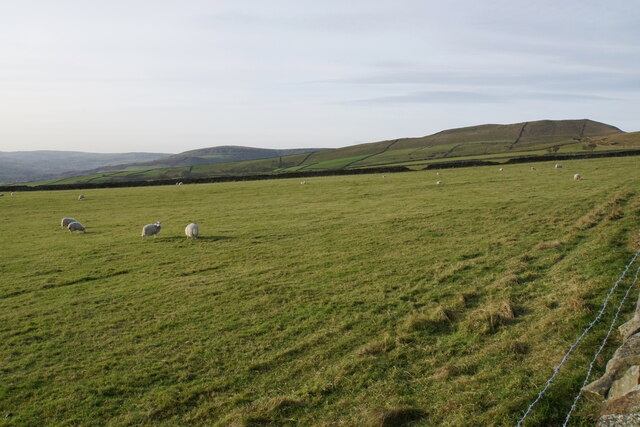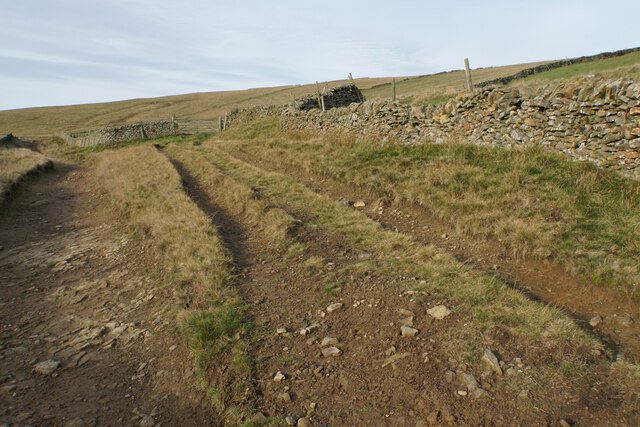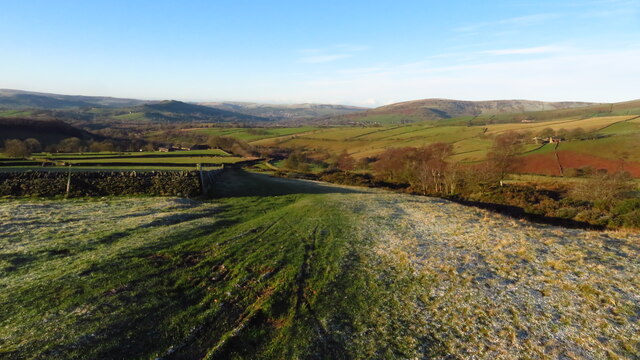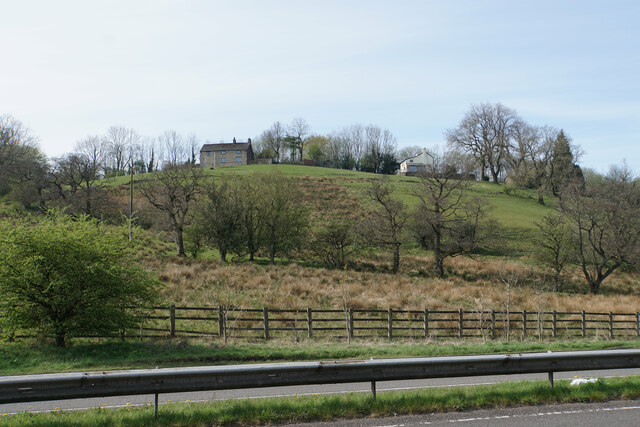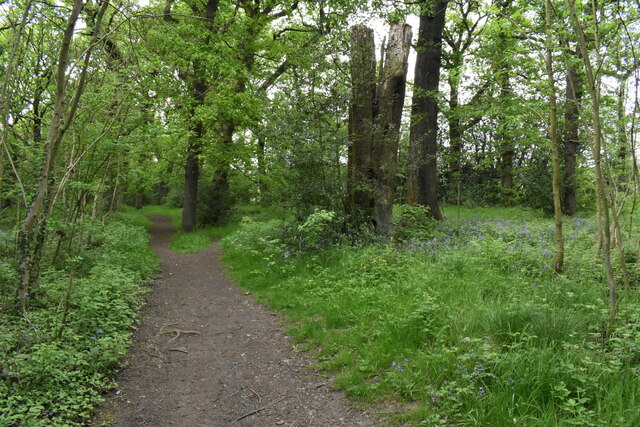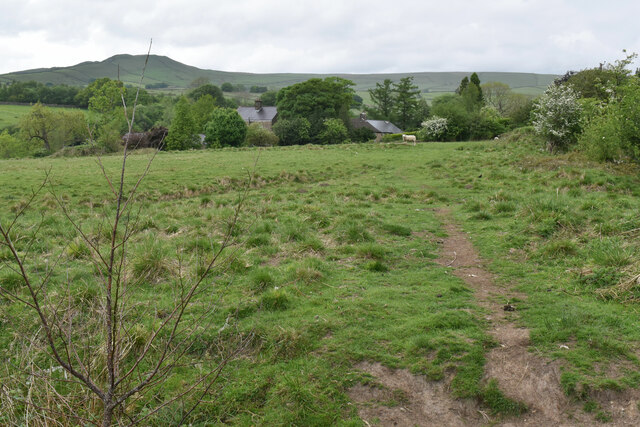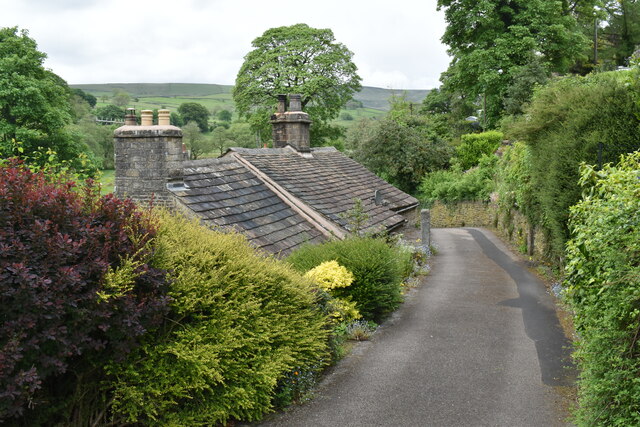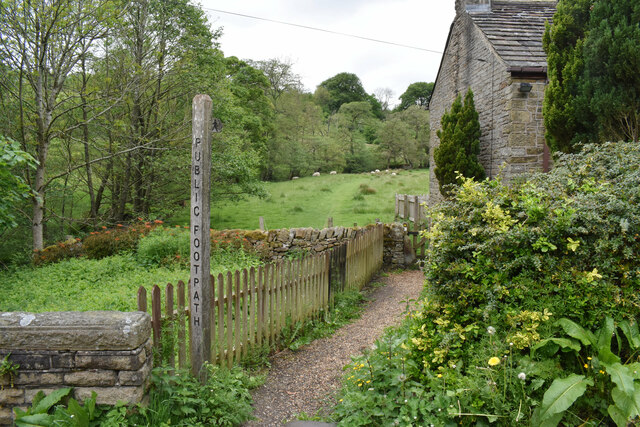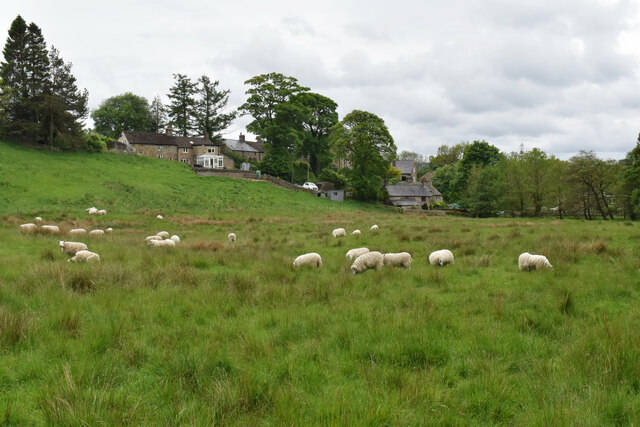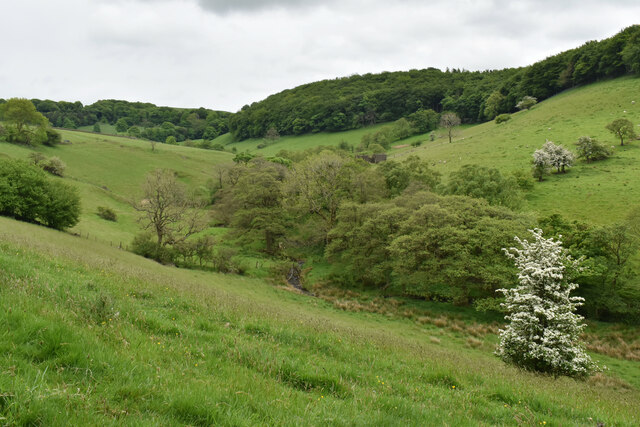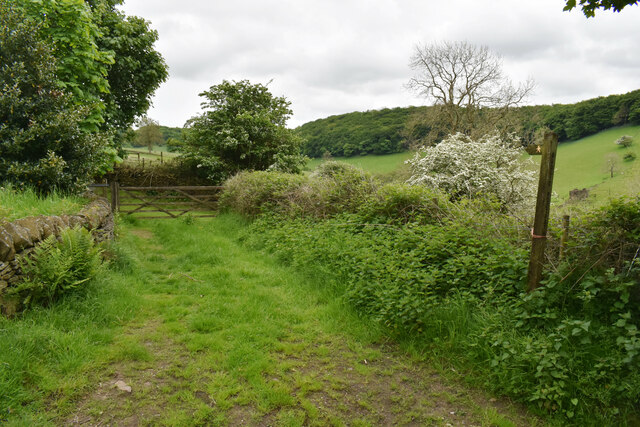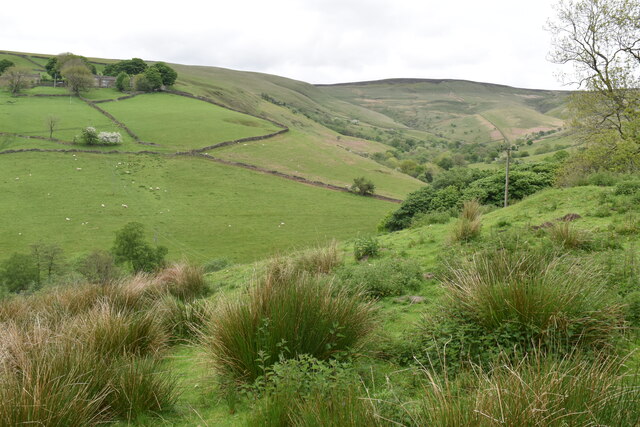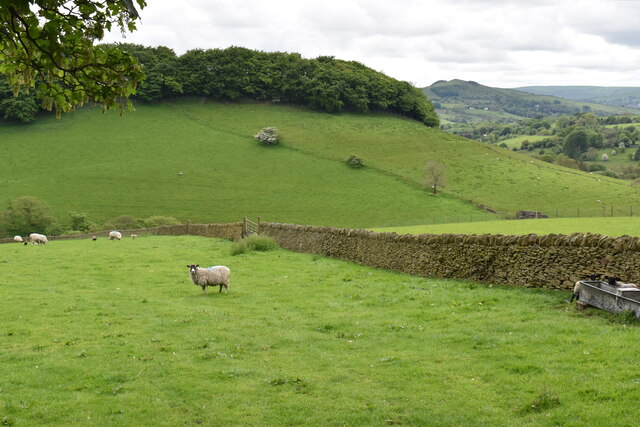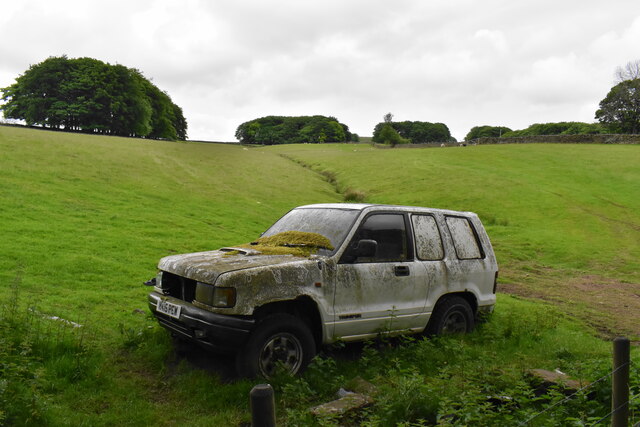Wash
Settlement in Derbyshire High Peak
England
Wash
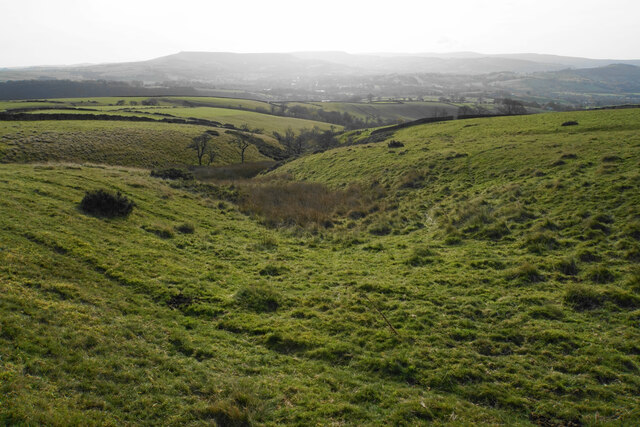
Wash is a small village located in the county of Derbyshire, England. Situated in the Peak District National Park, it is nestled amidst picturesque surroundings, including rolling hills, lush green fields, and charming stone-built cottages. The village is part of the Derbyshire Dales district and lies approximately 4 miles east of the town of Ashbourne.
Wash is known for its quaint and traditional character, attracting visitors seeking a peaceful and idyllic retreat. The village offers a variety of outdoor activities, with ample opportunities for hiking, cycling, and exploring the stunning natural beauty of the Peak District. The nearby Dovedale Valley, with its famous stepping stones across the River Dove, is a popular destination for walkers.
The village itself is home to a small population, and its charm lies in its tight-knit community and warm hospitality. Wash has a historic church, St. Mary's, dating back to the 13th century, which serves as a focal point for local residents. The village also has a local pub, The Wash House, where visitors can enjoy a drink or a meal while soaking in the tranquil atmosphere.
For those seeking a taste of local culture, Wash hosts various events and festivals throughout the year, including traditional fairs and music concerts. The village is also within easy reach of nearby attractions, such as Chatsworth House and Haddon Hall, which offer insights into the area's rich heritage.
Overall, Wash, Derbyshire offers a delightful escape from the hustle and bustle of city life, providing visitors with a chance to unwind in a beautiful and serene setting.
If you have any feedback on the listing, please let us know in the comments section below.
Wash Images
Images are sourced within 2km of 53.33569/-1.907365 or Grid Reference SK0682. Thanks to Geograph Open Source API. All images are credited.
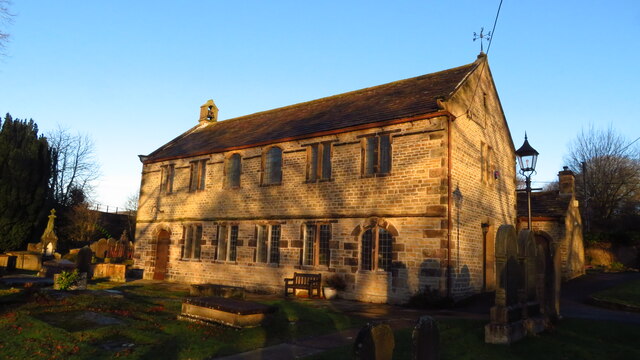
Wash is located at Grid Ref: SK0682 (Lat: 53.33569, Lng: -1.907365)
Administrative County: Derbyshire
District: High Peak
Police Authority: Derbyshire
What 3 Words
///driveways.bluntly.into. Near Chapel en le Frith, Derbyshire
Nearby Locations
Related Wikis
Wash, Derbyshire
Wash, or The Wash is a hamlet in Derbyshire, England. The hamlet falls within the civil parish of Chapel-en-le-Frith. It is about 1.2 km (or 0.75 miles...
Chapel Milton
Chapel Milton is a hamlet on the outskirts of Chapel-en-le-Frith on the road leading from there to Chinley and to Glossop. Within the parish of Chinley...
Chapel Milton Viaduct
Chapel Milton Viaduct is a Grade II listed bifurcated railway viaduct on the Great Rocks Line at its junction with the Hope Valley Line, straddling the...
Stodhart Tunnel
Stodhart Tunnel is a 100-yard (91 m) tunnel on the Peak Forest Tramway at Chapel Milton, Derbyshire. The tunnel stretches under the Chapel-en-le-Firth...
Nearby Amenities
Located within 500m of 53.33569,-1.907365Have you been to Wash?
Leave your review of Wash below (or comments, questions and feedback).
